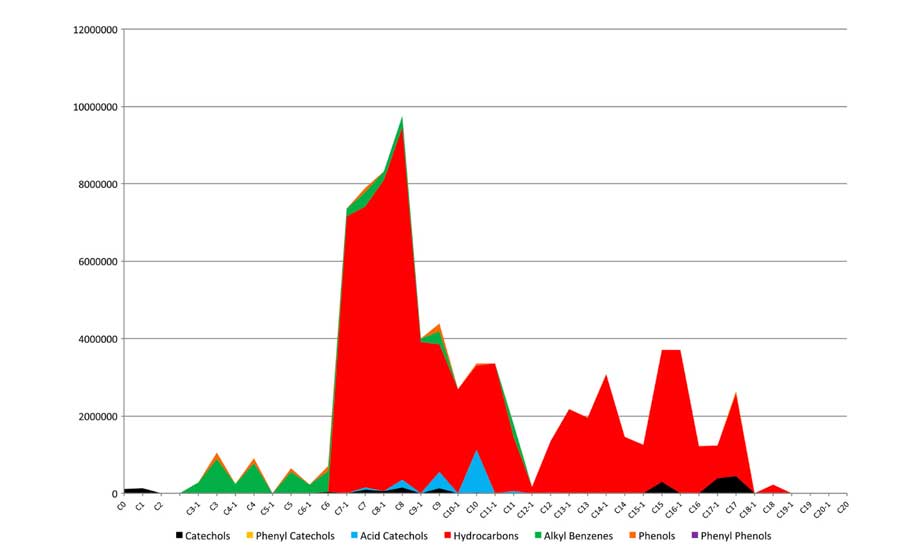
Vietnamese Lacquerware and Chemical Components in the 20th Century
Exploring the Diverse Chemical Components in Vietnamese Lacquerware of the 20th Century
1. The Unique Artistic Features of Vietnamese Lacquerware

Lacquerware is a unique art form from Vietnam, originating in the 1920s when artists began experimenting with traditional lacquer made from the gamboge tree as a painting medium. Recently, researchers have analyzed the chemical composition of various commercial lacquer samples and lacquer artworks from the 20th century to gain deeper insights into their origins and production techniques.
2. Analysis of Diverse Chemical Components

Advanced analytical technologies such as Gas Chromatography-Mass Spectrometry (GC-MS) have identified various components in lacquer samples, including gamboge resin (laccol, thitsiol), vegetable oils, rosin, and several other additives. Interestingly, some works by the artist Nguyen Gia Tri were found to contain components from cashew nut shell liquid (CNSL), a more affordable and readily available material compared to traditional gamboge resin.
3. Rosin and Unique Additives

Additionally, lacquer samples often contain pine resin from the Pinus latteri species, which is naturally distributed in Vietnam and Cambodia. Pine resin is mixed in to adjust the properties of the lacquer, helping it to dry faster and achieve a higher gloss. Some other additives, such as thickening agents made from cobalt, have also been found in a few samples.
4. Significance for the Preservation of Vietnamese Lacquerware
These analyses reveal that Vietnamese artists have utilized a diverse range of both domestic and imported materials, adjusting formulas to suit their specific painting techniques. Understanding the components of these artworks provides conservators with deeper insights into the aging process and conservation issues, enabling them to develop appropriate treatment methods.
In summary, lacquerware is a distinctive cultural heritage of Vietnam, with a rich history and complex material characteristics that present many challenges for conservation. Further research into the chemical components will contribute to the long-term preservation of this heritage for future generations.

Explore traditional Asian lacquer fountain pen artworks from Vietnam created by artist CONCOPENS in HERE.
For additional reference, see the original document HERE.



